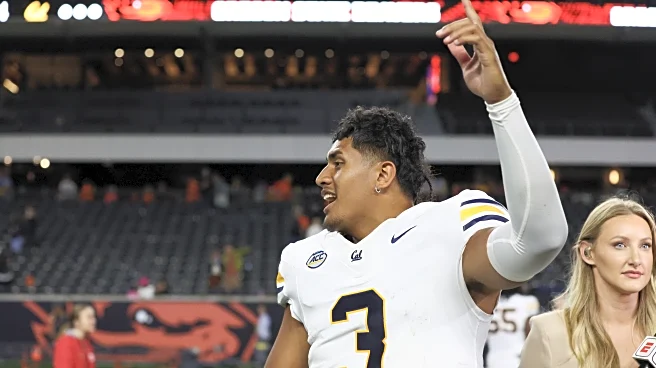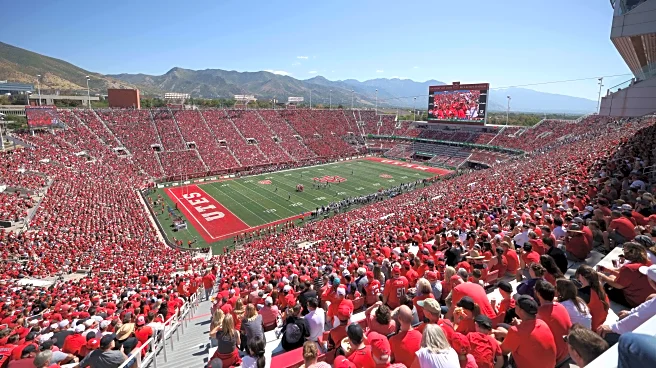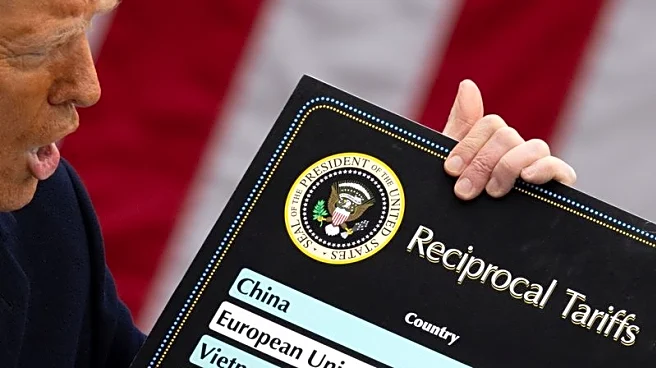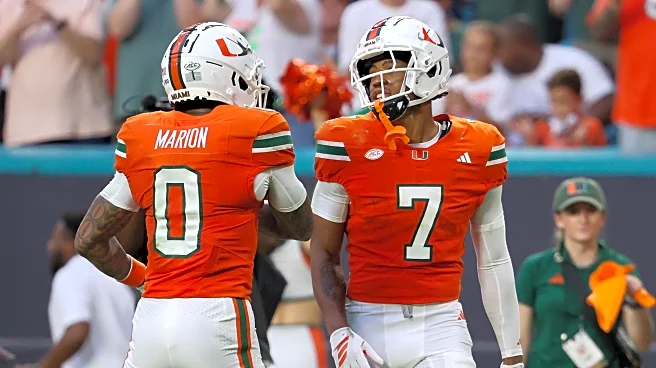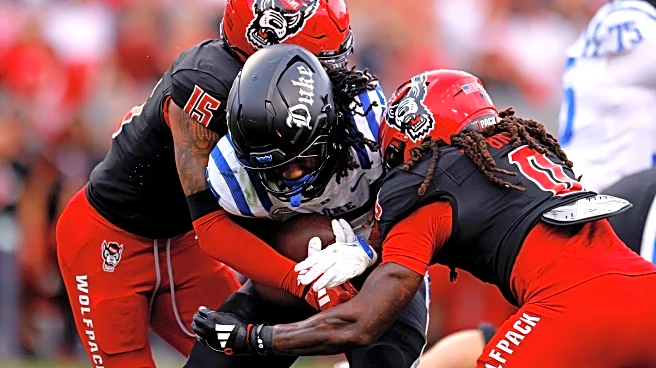What is the story about?
What's Happening?
Starbucks employees in multiple states have filed lawsuits against the company, challenging its new dress code policy. The lawsuits, filed in Illinois, Colorado, and California, claim that Starbucks violated state laws by not reimbursing employees for clothing expenses required under the updated dress code. The policy, which took effect on May 12, mandates specific attire including solid black crewnecks, collared shirts, or button-ups, paired with khaki, black, or blue denim bottoms, and shoes in muted tones. The company also restricted theatrical makeup and nail polish, and limited facial piercings. Starbucks provided two free shirts to employees to offset the change, but workers argue this is insufficient, forcing them to pay out-of-pocket for additional clothing. In California, employees have also raised issues regarding reimbursement for phone and vehicle expenses related to work. If the state's labor agency does not pursue the case, the employees plan to file a civil suit.
Why It's Important?
The lawsuits highlight ongoing tensions between Starbucks and its workforce, particularly concerning employee rights and corporate policies. The legal actions could set a precedent for how companies implement dress codes and manage associated costs. If successful, the lawsuits may compel Starbucks and other corporations to reconsider their policies and ensure fair compensation for work-related expenses. This development is significant for labor rights advocates and could influence public policy regarding employee reimbursements. The outcome may affect Starbucks' reputation and employee satisfaction, potentially impacting its business operations and customer perceptions.
What's Next?
The legal proceedings will determine whether Starbucks must reimburse employees for dress code-related expenses. If the California Labor and Workforce Development Agency decides not to pursue the case, employees may proceed with a civil suit. Starbucks may need to address these concerns to avoid further legal challenges and maintain its workforce. The company might also consider revising its dress code policy to prevent similar disputes in the future. Stakeholders, including labor rights groups and other businesses, will likely monitor the situation closely, as it could influence broader industry practices.
AI Generated Content
Do you find this article useful?


